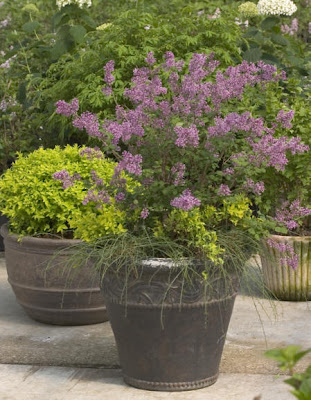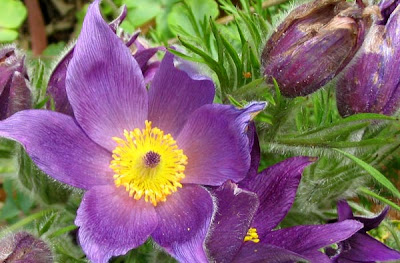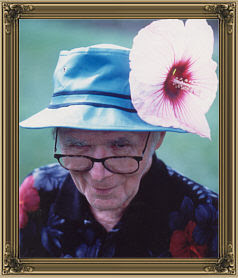 I don't even waste my time thinking about lilacs. For ten days of bloom, you have to see this mangled bunch of stems going in all differrent directions. It has to be one of the least desirable tree/shrubs in the gardening repetoire. And even the fragrance with the association of masking outdoor toilet stenchs make its only strengths a huge liability for me. My Australian grandmother didn't have one, so there is absolutely no emotional attachment at all.
I don't even waste my time thinking about lilacs. For ten days of bloom, you have to see this mangled bunch of stems going in all differrent directions. It has to be one of the least desirable tree/shrubs in the gardening repetoire. And even the fragrance with the association of masking outdoor toilet stenchs make its only strengths a huge liability for me. My Australian grandmother didn't have one, so there is absolutely no emotional attachment at all.But according to the folks at Proven Winners, the growing season of 2011 will completely blow up all the reasons I despise lilacs and its name is 'Bloomerang.' She starts off the season with the traditional flush of blooms but then she takes some time to regroup and returns mid-summer to bloom through the end of the sesson. Sure the later flushs don't have the punch seen in the spring but they are respectable. She'll be a sight for the very bloodshot eyes of many patient gardeners even including me. Talk about 180 degrees.
'Bloomerang ' is only available at White Flower Farm and Wayside Gardens for somewhere over thirty bucks but you can be assured that will get you a few bareroot sticks. The majority of the available stock is probably growing an additional year to be sold under the Proven Winners brand. If PW is marketing 'Bloomerang', it is not just another novelty destined for the chopping block/shredder. I'm still trying to grasp the reality I can't wait to see a lilac. Anything is now possible.







 Rosehill Gardens has been beautifully landscaping The Country Club Plaza since the 1960s. And in recent years, the hanging baskets in the middle of the streets are some best examples I've seen even of the craft rivaling the Disney properties.
Rosehill Gardens has been beautifully landscaping The Country Club Plaza since the 1960s. And in recent years, the hanging baskets in the middle of the streets are some best examples I've seen even of the craft rivaling the Disney properties.







